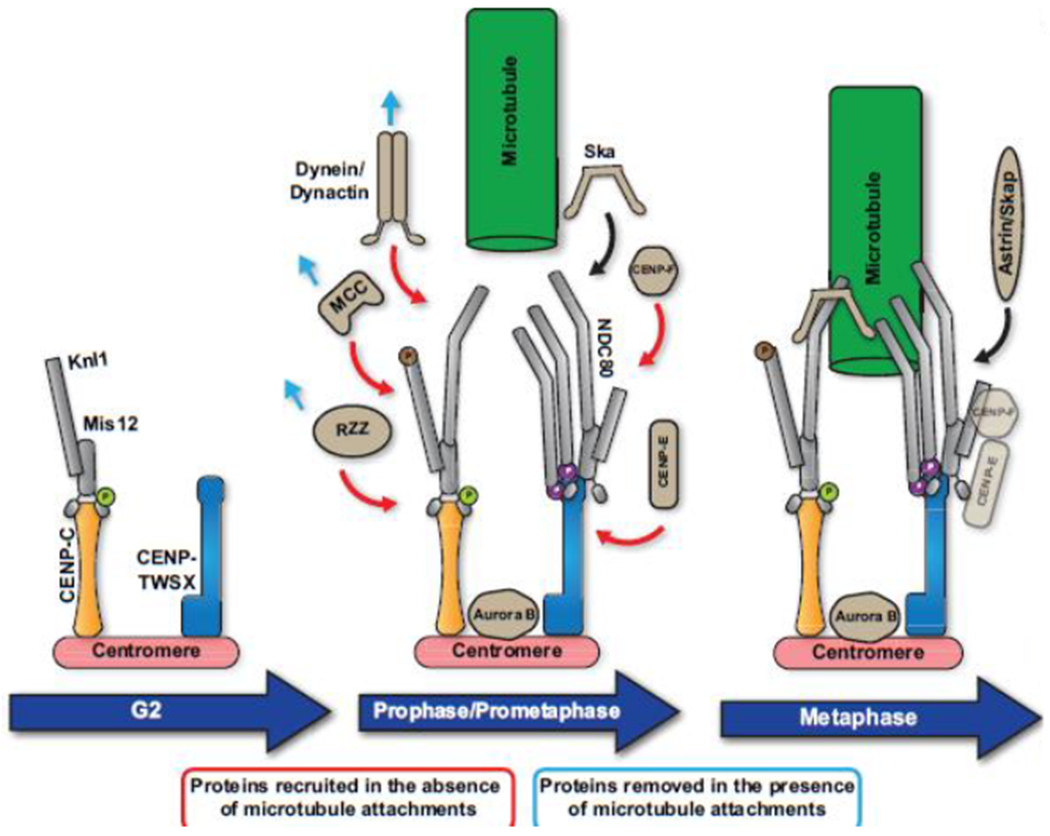Figure 3. Organization and assembly of the outer kinetochore.

Recruitment of outer kinetochore components occurs in a step-wise manner. In late G2, Mis12/Knl1 are recruited through their interaction with CENP-C. This interaction is enabled by Aurora B phosphorylation of the Mis12 complex. Ndc80 is then recruited to the kinetochore following entry into mitosis. Once in mitosis, additional proteins are transiently recruited to the kinetochore to enable the multiple kinetochore functions in mitosis. In the absence of a microtubule interaction, proteins involved in the spindle assembly checkpoint (MCC) and the fibrous corona (RZZ, spindly, CENP-E, CENP-F, dynein/dynactin) are recruited to kinetochore’s As kinetochore-microtubule interactions are established, the Ska1 complex and Astrin/SKAP are recruited promote Ndc80 binding to microtubules. Once stable kinetochore-microtubule interactions are established and are properly bi-oriented, the spindle assembly checkpoint is satisfied and chromosome segregation occurs. CENP-E and CENP-F perform additional roles in chromosome segregation and remain at the kinetochore until anaphase.
